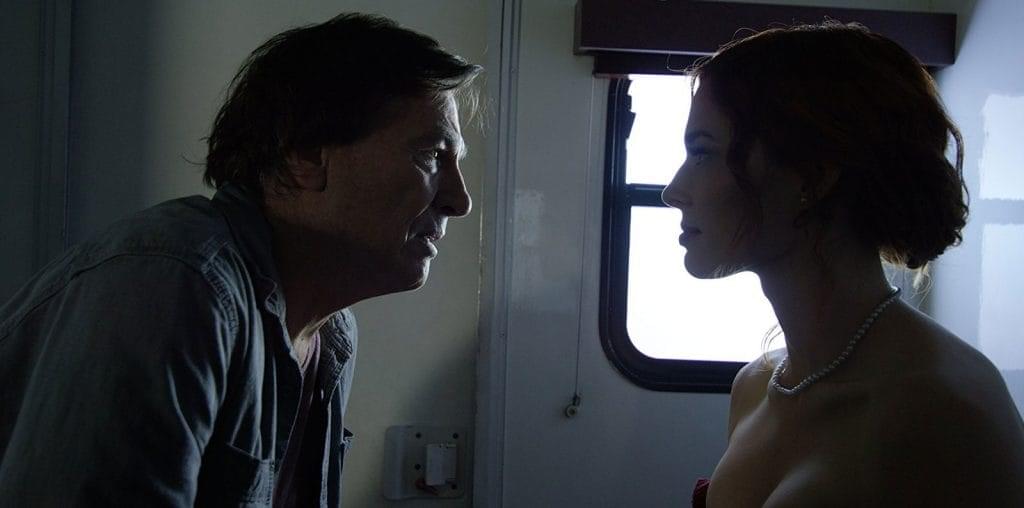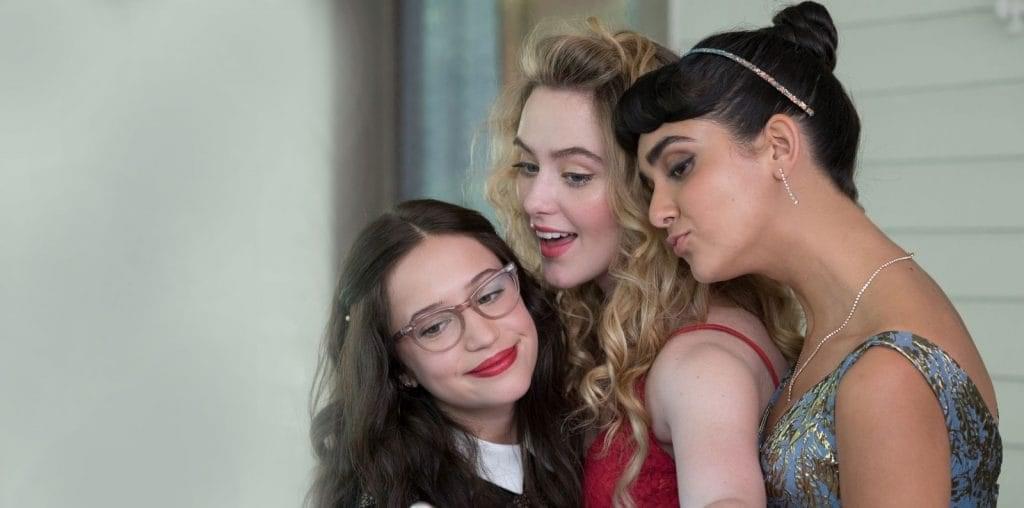
SPOILER ALERT!
It is hardly surprising to see the revived “Trek” franchise veering back to the past. Origin myths fill up today’s mainstream menu, and too often they feel as if just another byproduct of the remake-reliant times. In old Hollywood, books were optioned like crazy because producers expected them to bring a built-in audience. Even a defining entry like “Little Caesar” (1931) – which helped construct the American gangster and introduced an icon, Edward G. Robinson’s “Rico” – was first a literary property. Today it’s odd to see an image of the book in the opening title sequence, though it reflects an audience need much like solidifying genre conventions.
So movieland has always played it safe by going back to established successes, and now they go for remakes – lately those looking back to the beginning. Comic flicks are hardly the exception, since Batman had to “Begin” and now the X-Men, alas, must as well. Perhaps we should look to George Lucas, who chose to break open his intriguing backstory of the original “Star Wars” trilogy to produce a mostly forgettable modern series.
A solid backstory adds much richness to any film narrative. In fact, we could say it’s something of a rule in making characters dynamic, believable. Backstory doesn’t always require a flashback sequence, which can be a blessing on some occasions but often a crutch, like a voiceover forced to add clarity. But used well, a clear sense of a character’s past will make him or her real. It worked for the original “Star Trek” series, undoubtedly; millions of fanatics just cannot be wrong. And Lucas – who’s success likely motivated moneymen to answer Trek fans’ prayers for a film series, beginning in 1979 – used it to add a mythical touch to his ideas, making them into an epic with a history that demanded a compelling journey. (Was a bunch of fuzzy-wuzzies jamming out on Endor a sufficient end?)
In the years since, “Trek” has been trekked all over, in more forms than even a “CSI” fan can count. “Trek” fans love the fact, while those of us on the outside are left puzzled. (I enjoy the SF-fueled pop-philosophy of the original series, though was lost in space by the “Next Generation.”) So there really was nowhere else to go for “Trek” than to the beginning, which was serendipity for the demographic department at the studio. Channel the young Kirk and Spock, and we have a winner. Offer in-jokes galore by recreating the original cast with people like Harold as Zulu and Larry David’s nephew as Chekov. What the hell – enlist Simon Pegg as you-know-who and call in Bana-beefcake as the villain. The contrivance was surging like a wild horse, just barely bridled, in the preproduction meetings.
And imagine the industry types sitting there, screening episodes of the original series. Think of the list of things they must have noted to avoid:
1) Clap-trap 60s-style interiors – nowhere to be found.
2) Ship no longer to look like geek mantlepiece. Speed up!
3) Kill “Prisoner”-style uniforms (S**t, test surveys from Trekkies/-ers said will boycott. STET)
4) Absolutely no trace of gay romantic subtext – can afford to ditch those fan fictioners. Even try to avoid any Takei-ish casting of flamingly gay actors.
5) Kirk not to be casted by overacting ham-master – high energy, yes, but no shallow scenery chewing. Forget recent Hoff-ish fandom of the Shat.
6) Both Scott brothers showed interest in directing. No way – want voice of hip youth.
A crap artist like Brett Ratner must have been pleasuring himself at the prospect, awaiting the call by re-reading his own “Trek” fan fiction. J.J. Abrams, on the other hand, claims he wasn’t a fan before he got the call. And by the looks of his product, we should believe him.
He’s one showy showman – loves glitz and, like the president during his rise on the tube, hates the idea of nuance. He approached the script of the new “Star Trek” with an obsessive eye and a hammer in hand to nail down all his inspiration. The producers had it right – they wanted energy in their new Trek:
7) Film must not lie flat on screen like old show. Electrify, electrocute – shock even the SAW fans!
And hence, Abrams wielded his hammer, but not to force in anything – he lit up sparks by banging into form a new mythos from the material given to him. His opening pre-credit sequence – which takes place long before the film’s beginnings, as it were – feels like a story already spinning tight like true in medias res. Kirk’s father is under attack after he takes the helm, following the death of his captain at the hands of a Romulan. (NOTE: pre-production testing said forgetting old villains would result in more boycotting! Argh!) The scene’s resolution tastes of classical Hollywood-style groundwork, with the score to boot, but looks as if filmed by a Red Bulled film student out to dethrone his filmmaker-predecessors. His style is eye-catching as hell, and delivers a new brand of a reliable, now archetypal SF mythos. He’s gone to new lands for a new era.
Abrams’ cast is true to his inspiration but also undercuts it. Chris Pine’s Kirk is a dandy of a new breed, a teen idol-meets-frat boy/calculating quarterback. The man who would helm the mastership should be such a giddy dreamer, downed by life until he transcends it in the sky. He’s planets away from the wagon drivers who inspired the big screen’s early space quest. He is the center of this new space opera: Odysseus infused with the rough who manned that memorable “bucket of bolts.”
The uncanny presence of Zachary Quinto as young Spock can be something of a distraction…at first. The casting department must have jumped with joy when seeing him made up for the role. (Think of how the folks behind the 90s “Brady” franchise must have felt when they saw Christine made up as Marsha.) Quinto’s role doesn’t require range in performance, since he plays – as the character demands – as emotionally numbed for much of the running time. But the role does require subtlety when Spock must touch upon his human side and be a believable Vuclan fighting off his own humanity. Quinto’s Spock is like a piece of TV antiquity that won’t die. For the old school fans, he is the rising inspiration in the new film.
And the writers seemed to sense this, since they didn’t deny a loony inspiration to expand his role and, in turn, bring in a cameo. It’s here where the new “Trek” turns convoluted by bringing Spock of the past – strike that, Spock of the future who is Spock of TV’s past. And he even meets Spock of the present. Can’t follow? Viewers also struggle to.
Yes – a film sounding as fresh as the original “Back to the Future,” giddy in its revision of an old genre form, has become No. 2 of that 80s series – an attempt at alternate history that blends plausibility into confusion. Fresh, stylized filmmaking – cheap with dizzying camera moves, true, but still trusting of its content – is assassinated by a trick-trapped script.
Abrams’ “Trek” is clever, campy, even a little endearing, like its inspiration. New bloods won’t note any of this while diving into a solid modern adventure. “Trek” revives itself by going back to the past, but consumes itself by wanting the “Trek” of future, too. In the current remake craze, it’s never enough.

